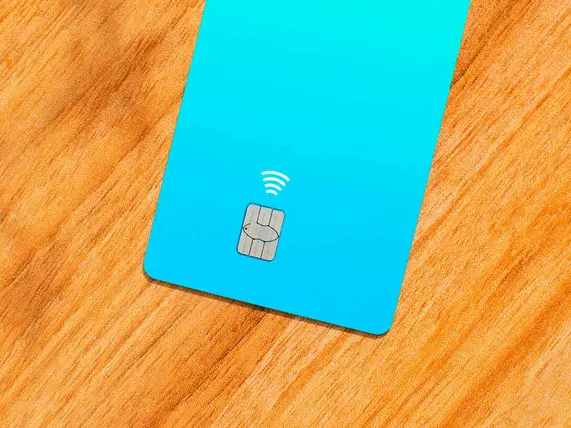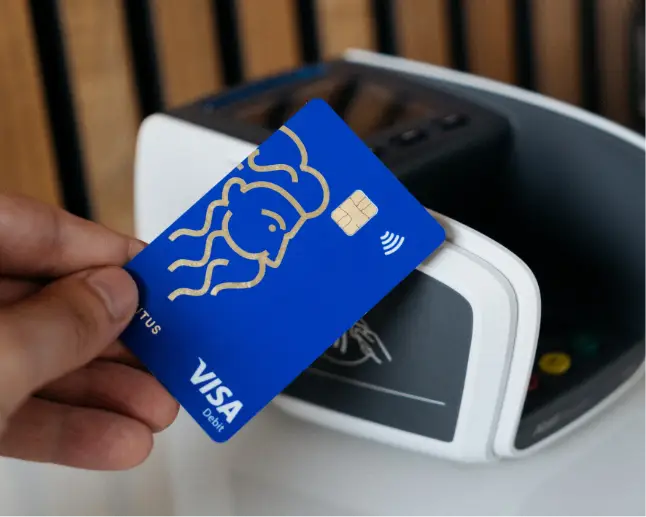There were almost 7.5 billion electronic money (e-money) transactions in Europe in 2021, compared to just over 4 billion in 2018 (Statista).
This staggering growth reflects the already well-established trend of e-money transactions replacing the use of cash, which has been expedited beyond expectations due to the global Covid-19 pandemic as customers turned to electronic payments, and businesses increasingly moved online, to overcome the need for physical interactions. By 2022, retail e-commerce sales in Western Europe had more than doubled from £152.2 billion in 2015 to £328.91 billion in 2022 (Centre for Retail Research).
This growth has revolutionised the payments sector, no longer dominated by traditional banks, with an explosion of innovative challenger bank rivals and non-banking brands, fintechs and retailers looking to access the benefits of an EMI License to issue an e money licence and manage e-money.
Of course, all institutions handling e-money need to comply with strict regulations and must be licensed to do so, however, with EMIs often referred to as “banks” it can become confusing which activities are permitted by an EMI license compared to a banking license.
What is E-Money?

Put simply, e-money is an electronic form of cash. It can be converted to physical money but is mainly used in its electronic form due to its convenience. E-money can be stored with banks as digital records, loaded to prepaid cards, and kept in e-wallets. (E-money is explained in greater depth later in our series of articles on EMI licenses and e-money.)
EMIs and the EMI license
An Electronic Money Institution (EMI) is an entity authorised by the nominated authority in a jurisdiction that allows the EMI to issue an e money licence and manage e-money for its users. There are currently over 550 authorised EMIs in Europe and the number of EMI licenses being issued is growing rapidly.
An e-money license allows:
- Issuance, distribution, and redemption of e-money.
- Provision of services that enable transactions with e-money, such as withdrawing cash from a payment account, transferring funds to third parties, and remittance delivery.
- Issuance of payment cards that allow withdrawing and depositing cash.
- Providing information about accounts.
Key products offered by EMIs include:
- Virtual IBAN accounts (personal and business).
- Merchant accounts.
- Physical or virtual payment cards (debit, prepaid, corporate, travel money, gift).
- E-wallets.
- Cryptocurrency services.
- Money transfers and foreign currency exchange services.
- BIN sponsorship / program management (more on this later).
EMIs are not able to offer any form of return on deposits, as strict e-money regulations ensure client funds are segregated in a separate account, or insured/guaranteed, to keep them safe. Additional safeguarding measures to protect deposits stipulate that an organisation must meet a minimum capital requirement for the services they wish to offer, and must also hold a percentage of “own funds” in relation to the average outstanding electronic money issued by the EMI.
Businesses wishing to issue and manage e-money pay a fee to submit an e money licence application to the relevant body (for example the Financial Services Commission in Gibraltar, or the Financial Services Authority in Malta.) The process can take around 6 months and there is a stringent list of documents businesses are required to supply, demonstrating things like business plan, business structure, capital, ability to safeguard funds and compliance with certain regulations.
As such, organisations need to be sure that applying for an EMI license is the right move for them in terms of affordability, robustness of business model, and the financial services they wish to offer.
Banking License
The traditional banking license permits the most comprehensive range of banking services and is for larger corporations looking to operate on a substantial scale.
A banking license permits the organisation to call itself a “bank” and is proof of meeting extensive regulation to protect its customers’ money and data. The process to apply for a banking license is arduous and lengthy – it can take up to 12 months.
In exchange for meeting the regulator’s requirements, a banking license is granted, permitting the institution to:
- Manage client deposits.
- Offer payment cards.
- Offer credit, for example overdrafts, loans, and mortgages.
- Deliver payment-related servicing, such as bill payments and money transfers.
- Issue other financial products, for example insurance.
Licensed banks are required to hold cash reserves at a strict percentage of the size of its overall deposits. They must submit regular reports to the regulating agency to prove they have robust policies and procedures in place to meet a wide range of regulatory requirements. As such, compliance and risk management is a significant function of a licensed bank.
A company wishing to offer financial products may assume a banking license is always necessary, which can be a daunting prospect. But it is worth fully investigating which license is truly needed to offer the desired services as, often, an e-money license provides the perfect solution.
Differences between EMIs and banks
Most crucially, an EMI is not a bank, even though the term is often used synonymously for both types of institution.
The fundamental difference between the banking license and EMI license is the ability to lend money. EMIs are prohibited from offering any form of lending and must ringfence client funds. This is different to the traditional business model of a bank, whose profit margin relies on generating income on deposits through offering lending products.
Due to meeting such rigorous safeguarding criteria, customer deposits with a bank are also guaranteed by a deposit guarantee scheme, whereas with the EMI they are not.
The creation of the EMI license in 2009 was a hugely positive development in the financial sector. With less hefty capital requirements of a banking license, and with a much more relaxed regulatory framework, the EMI license is more obtainable, allowing smaller competitors to offer payment services that were once indigenous to large incumbent banks.
EMIs therefore have the potential to hold some advantages over their bank competitors:
- Most EMIs operate solely online, with significant cost savings that can be passed on to the customer.
- EMIs are not held back by outdated technology and processes that may hinder some banks. They can offer a potentially better user experience, implementing the latest tech, making them agile and responsive to changing customer demands.
- Being completely virtual, things like account opening and transactions are much quicker than traditional banks.
- As the EMI cannot lend, it cannot take any risks at all with client funds, so could be considered as safe as, or even safer than, a bank.
- EMIs have far less regulation to comply with, removing significant chunks of back office work when compared to banks, freeing up more time for customer-centric activities.
Who needs an EMI License?
In broad terms, an organisation wishing to offer payment, but not lending, services would be covered by an e money licence.
But obtaining an EMI license is a costly and time-consuming process, which may be unappealing to those needing a faster solution, or who want to avoid ongoing compliance obligations of being an EMI license holder. So, many non-regulated businesses and fintechs looking to offer payment services choose a different option – they partner with an EMI licensed entity who provides BIN sponsorship.
Through working with an e-money institution partner, organisations can perform many of the operations of a financial institution without needing their own EMI license, as they are sponsored by the license holder.
This is one of the core services we offer at TransactPay. Through our BIN sponsorship and program management services, we offer our clients a flexible solution, using our expertise to recommend trusted partners at every stage of the payments process, also providing Scheme access as Principal Members of VISA and Mastercard. This end-to-end approach means new payment products can be brought to life sometimes in a matter of weeks, without compromising on security or compliance.
Details
Date
9 Oct 2023
Category
Thought Leadership
Author
Aaron Carpenter, CEO


